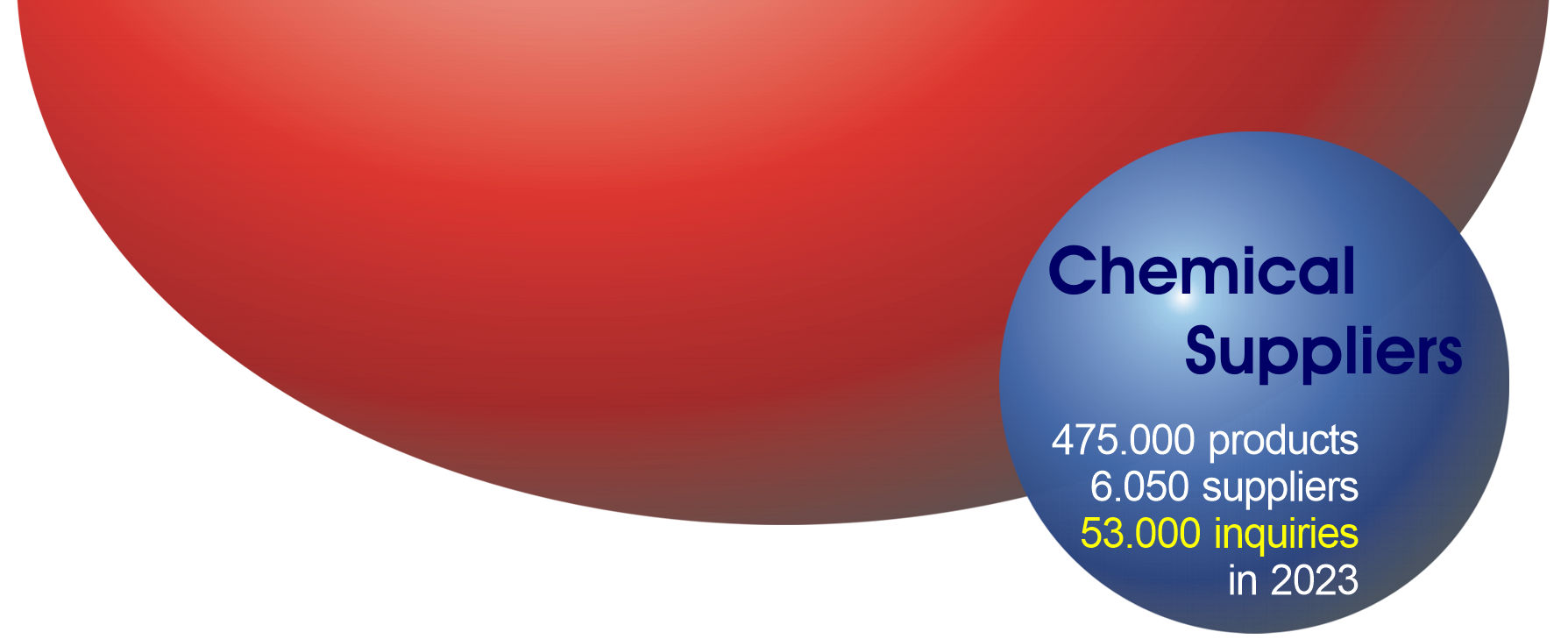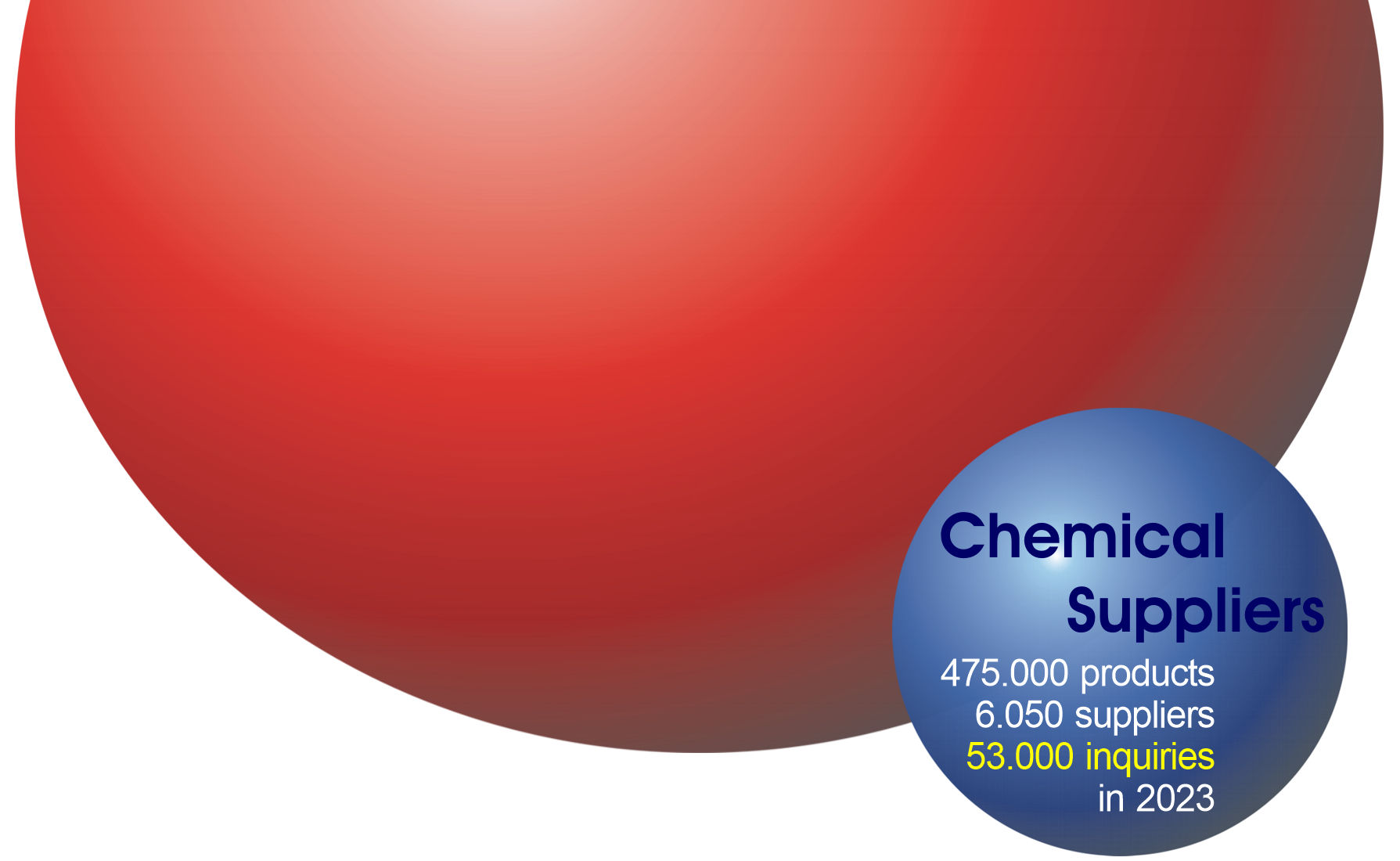Peptides in which individual amino acids are linearly linked in a defined order (sequence) to a chain can be considered as a small protein. Peptides with circularly bound amino acids are called cyclopeptides. In addition, peptides differ mainly by their molar masses.
By peptide bonds linked amino acids (AS) are referred to as peptide. 21 of these amino acids are found in the human body. Of these amino acids, eight are essential. They have to be supplied to the body by means of food, since they can not produce them themselves. If the amino acids of this organic compound are arranged linearly in a defined sequence, then one speaks of a protein (> 50 AS). Circular peptide chains are again called cyclopeptides. In addition to differentiating the different molar masses of the peptides, they can also be prepared in dipeptide (2 aa), tripeptide (3 aa), tetrapeptide (4 aa), pentapeptide (5 aa), oligopeptide (<10 aa), polypeptide (> 10 aa) and macropeptide (> 100 aa). If a protein additionally has glycosylation, it is called glycopeptide or glycoprotein. If it also has lipids, the term lipopeptide or lipoprotein is used.
The synthesis of peptides from α-amino acids of the L-form is called translation (second part of protein biosynthesis). This process takes place on the cellular ribosomes and requires the help of amino acid-transporting tRNAs. In chemistry, the reaction of the carboxy group of one amino acid with the amino group of the other amino acid with elimination of water as condensation. This results in an amide bond between the two amino acids, which is referred to as peptide bond. The two ends of a peptide chain are described according to the nitrogen atom of the amino group as N-terminus and corresponding to the carbon atom of the carboxy group as C-terminus. For the formation of a protein, however, then the protein folding is still necessary, are used in the hydrogen and disulfide bridges.
In addition, the amino acids of a polypeptide chain can be chemically modified, for example, by phosphorylation, acetylation and methylation or different isotopes for the amino acids. In addition, specific tags can be conjugated to the peptide chains (e.g., biotin). These then help with purification or detection or they can affect the cellular localization of the peptide. Instead, fluorescence markers, quenchers and chromogens can be used.

